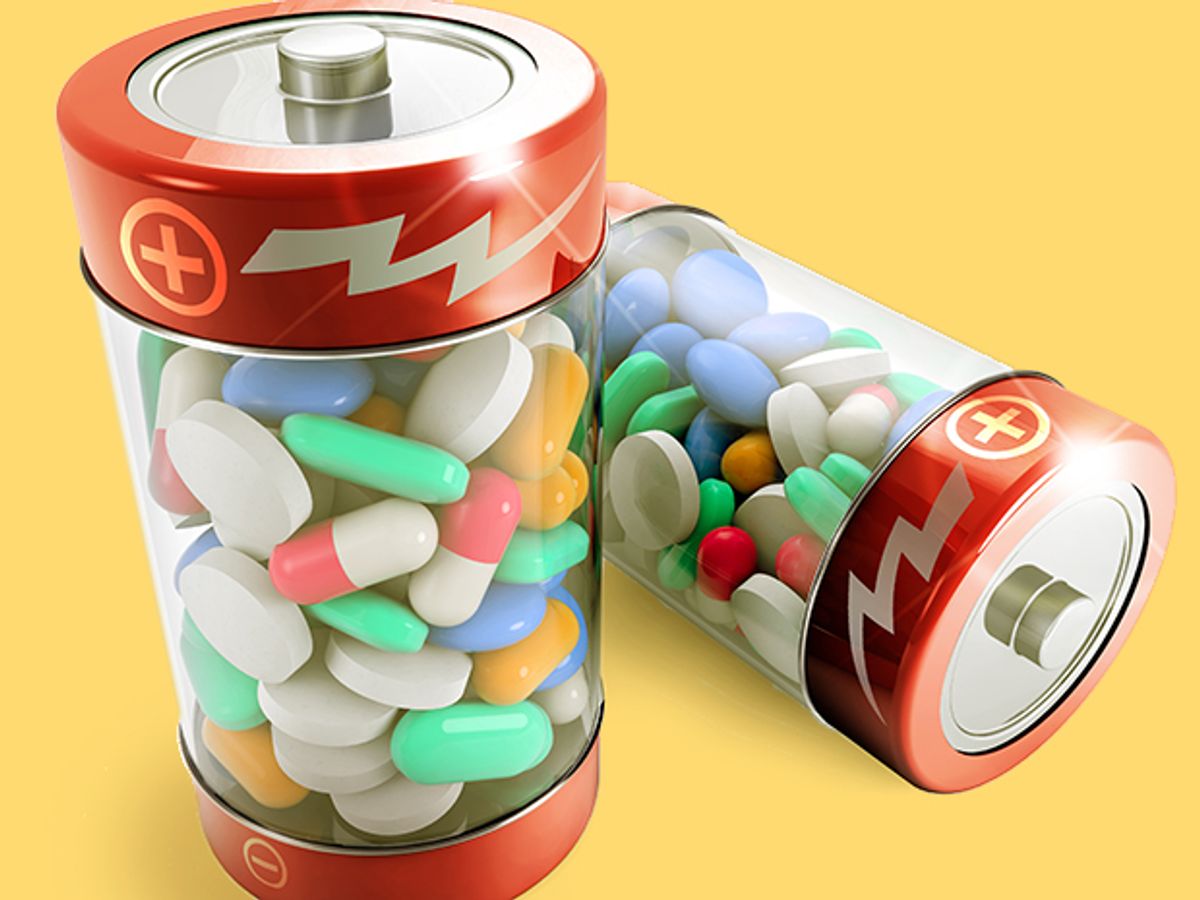Battery startup companies often fail in the United States. To fix this problem, the pharmaceutical industry could provide insights, a new study finds.
Recent advances in battery performance have largely come from incremental changes at large companies. However, this state of affairs falls short of the rapid growth in consumer demand for better batteries, say Eve Hanson, a materials scientist at Northwestern University in Evanston, Illinois, and her colleagues.
Battery startups in the United States have largely failed, even when supported by major investors such as Bill Gates, Hanson adds. For instance, only 36 battery startups received more than $500,000 in funding since 2000, and of these only two returned more money than was invested into them, according to tech industry analysis firm CB Insights.
The hurdles that battery startups face stem from the need to close the R&D gap between university lab-scale experiments and technology that matches or exceeds industry benchmarks across numerous and often conflicting technical criteria. In addition, research with prototypes typically requires months-long cycles of charging and discharging. These factors lead to challenges such as expensive labs, a demand for specialized workers, and long timelines to success, Hanson and her colleagues say.
The battery market is also inherently difficult for small U.S.-based companies, the researchers add. For instance, the biggest applications for batteries, such as consumer electronics and electronic cars, have highly competitive markets with tremendous pressure to reduce prices and operating margins of only about 5 percent over the past two years. Reaching the large-scale production needed to make these slim margins profitable requires both time and capital, the scientists explain.
The pharmaceutical industry faces similar hurdles, such as daunting technical challenges, large capital requirements, long timelines to success, and market pressures that squeeze R&D budgets. However, unlike the battery industry, Hanson and her colleagues note that the pharmaceutical industry has a healthy pipeline of startups developing new drugs, enabling more medicines to come to market, help patients, and drive economic growth. Venture capital firms invested over $10 billion in the medical, health and life sciences in just 2015 alone, Hanson notes.
“By looking over to the pharmaceutical industry, we found fresh sources of ideas and inspiration,” Hanson says.
Based on the pharmaceutical industry's track record of success with startups, the researchers propose a number of recommendations for battery startups:
- Instead of seeking to go it alone, as they often do now, battery startups should look for corporate partnerships and joint development agreements to make the most of the resources and market know-how of big company partners. For example, the researchers note that Cambridge, Mass.-based battery startup 24M partnered with electronics giant NEC to commercialize a grid-scale storage systems.
- Instead of attacking large-scale markets such as electric vehicles, as they often do now, battery startups should first approach smaller higher-margin niche “beachhead” markets. For instance, Richmond, Canada-based battery startup Corvus Energy focuses on large batteries for marine applications and has shown a strong growth in revenue over the past five years, the researchers say.
- Battery startups should also look more to government grants, corporate partnership research dollars, and philanthropic capital for funding, since they may not be able to meet venture capital's demands for large returns. What funding they raise should also be applied very strategically to the most critical, market-driven R&D and to sales efforts, the researchers add.
The scientists also suggest that large battery manufacturers should widely release their key performance testing metrics and present grand technical challenges for innovators both in university and startup settings. Together, such initiatives would help academic and startup R&D efforts focus on solving key challenges in battery technology.
When it comes to policymakers, the researchers suggests the government should provide or expand grant and accelerator programs as well as other forms of support to reach key technical milestones such as industry-certified fuel cells. “While there have been plenty of doom and gloom discussions about the poor performance of clean-energy startups, we are excited to provide proposals and solutions,” Hanson says.
The researchers caution that the pharmaceutical and battery markets are not perfect analogs. For instance, the pharmaceutical market has margins of about 90 percent, while the battery market has margins of less than 5 percent. Still, they hope their recommendations lead “to more successful battery technology entrepreneurship,” Hanson says.
The scientists detailed their findings online 6 September in the journal MRS Energy & Sustainability.
Charles Q. Choi is a science reporter who contributes regularly to IEEE Spectrum. He has written for Scientific American, The New York Times, Wired, and Science, among others.



